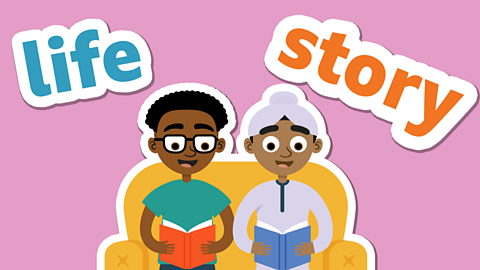Watch: Exploring persuasive writing
When you persuade someone in your writing, your aim is to get them to agree with your point of view.
Watch this video where teacher Mr Smith explores persuasive writing and gives you some examples of when it’s used.
How is persuasive language effective? Watch this Teacher Talk to learn more.
Forms of persuasive writing

Persuasive writing comes in different forms:
Letters that try to persuade the reader to do something or think in a certain way.
Articles in magazines or newspapers that aim to persuade the reader to show interest in an important topic or story.
Adverts that aim to persuade people to buy something.
Reviews of things, such as films or books, where the writer gives their opinions and tries to influence (change or impact) what the reader thinks.
You can also persuade people when speaking, in a speech or presentation that you have prepared.

Making your writing persuasive

When you are writing to persuade people, it’s important to say why the reader should agree with you. You need to give your reasons, otherwise your reader may not believe you!
A good way to make your writing more persuasive is to think of the following:
Personal - keep your writing friendly.
Emotive - use words that make your reader have strong feelings.
Rhetorical questions - to make your reader stop and think.
Say it again - repeat your message!
Undermine - mention different opinions to yours and say why they are wrong.
Anecdote - a short, funny real-life story will help the reader connect with you.
Direct - use the words you and your to make your reader feel special.
Exaggeration – make a big deal of what you say!


Top tip!
- Rhetorical questions don’t need an answer, but are great for grabbing a reader’s attention. Saying things like ‘Isn’t that amazing?’ or ‘Why would you not want to buy this?’ can be very effective when you’re trying to persuade someone!

Watch: Persuasive writings in adverts
Watch this video next to see an example of persuasive writing being used in advertising - an area where writing persuasively can be very useful!
What effect does advertising have on us through the language it uses?
Adverts and brochures don't just give the reader information - they use clever ways, or 'techniques', to try to make the reader buy a product.
Adverts keep their messages short and catchy, which makes them easy to remember. The messages are called slogans and they often use jokes or word tricks to entertain their reader. By being entertained, the reader is more likely to want to spend their money!
| Persuasive technique | Example |
|---|---|
| Rhymes | Why trudge, trudge, trudge when you can skate, skate, skate? On a Silver Wheels Skateboard you'll never be late! |
| Onomatopoeia (a word that sounds like the thing it describes) | Hear those silver wheels whizz! |
| Alliteration (words with the same first letter) | Life's a whirl on our wild and wonderful wheels! |
Activity 1
How much do you know about spotting persuasive words in slogans? Have a go at this quiz to test your skills so far!
Activity 2
Click on the image to the right to see a magazine article called The Power of Persuasion.
Read the article carefully, and then draw a table like the one below on a piece of paper. Use your table to note down examples of persuasive writing that have been used in the article.
Some examples have been given, to help you. Look back at the Learn section if you need a recap on the different ways you can make your writing persuasive.
Magazine article
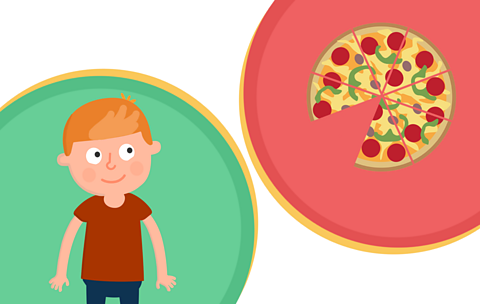
| Ways to persuade the reader | Examples |
|---|---|
| Personal tone | That time you knew exactly what to do next |
| Emotive words | How annoying! |
| Rhetorical questions | Why not give it a go? |
| Say it again | |
| Undermine | |
| Anecdotes | |
| Direct | You know/knew, Your brilliant idea |
| Exaggeration |
Top tip!
- You could place some of the examples of persuasive writing in more than one row in the table.
To check your answers, you can use this .
Activity 3
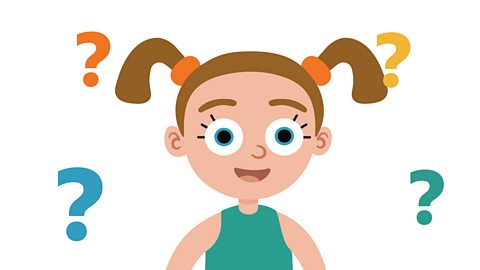
Now have a go at doing some persuasive writing of your own!
Choose one of the titles below and write a magazine article where you try to persuade your reader to agree with you. Write at least 80 words.
Why trying foods you don't like is a good thing to do
Why you must make time for nature every day

Top tip!
- To remind you of the ways you can persuade readers, look at the list in the table in Activity 2 again.
- Share your article with a friend or family member and see if you can persuade them to agree with you!
Play our fun English game Crystal Explorers. gamePlay our fun English game Crystal Explorers
Use grammar, punctuation and spelling skills to explore jungles, caves and tombs on your mission!

More on Non-fiction
Find out more by working through a topic
- count9 of 18
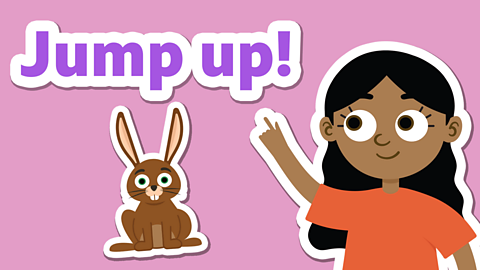
- count10 of 18

- count11 of 18
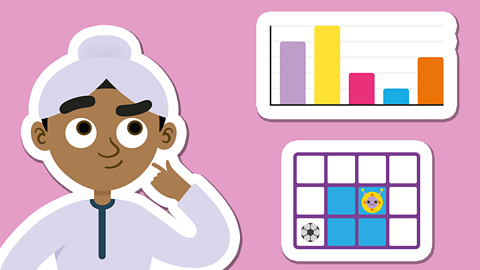
- count12 of 18
